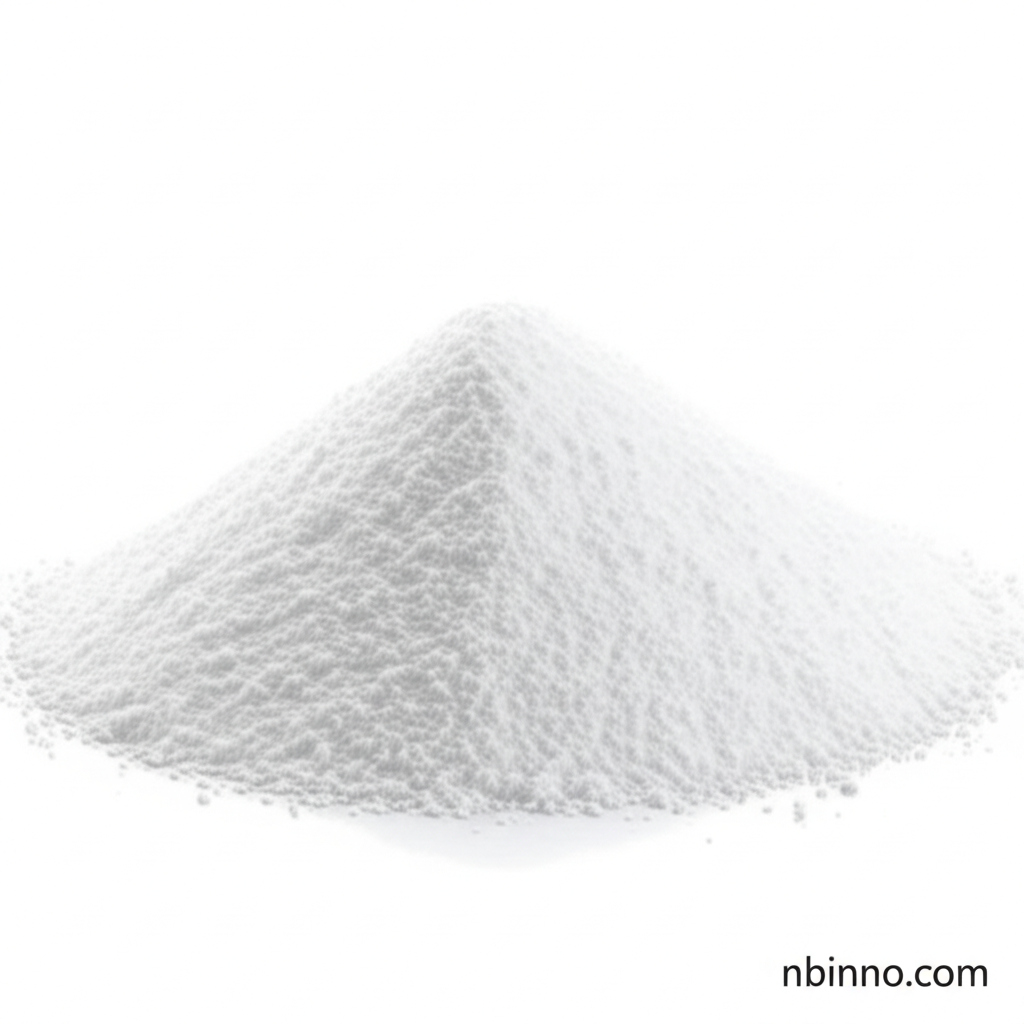High-Performance Polyacrylamide (PAM) for Efficient Wastewater Treatment and Industrial Dewatering
Unlock superior water clarity and process efficiency with our advanced polyacrylamide solutions.
Get a Quote & SampleProduct Core Value

Polyacrylamide
Anionic Polyacrylamide (APAM) is a high-performance water-soluble polymer designed for superior flocculation across a wide spectrum of industrial and environmental applications. Its efficacy in aggregating suspended particles significantly improves solid-liquid separation, making it invaluable for wastewater treatment and resource recovery.
- Discover the benefits of using a reliable polyacrylamide for wastewater treatment, enhancing process efficiency and reducing operational costs.
- Explore how this anionic polyacrylamide flocculant can revolutionize your dewatering processes, leading to cleaner effluent.
- Leverage the advantages of a high molecular weight polyacrylamide for demanding industrial applications.
- Partner with a trusted polyacrylamide chemical supplier for consistent quality and performance.
Key Advantages
Enhanced Water Treatment
Achieve superior water clarity and reduce sludge volume with our polyacrylamide water treatment chemical, contributing to more effective wastewater treatment.
Cost-Effective Operations
By promoting rapid settling and improving recycling efficiency, this versatile polymer helps lower overall operational expenses in various industries.
Environmental Compliance
Our environmentally friendly polyacrylamide solution boasts low residual monomer content, aligning with sustainability goals in water management.
Key Applications
Wastewater Treatment
Ideal for municipal sewage plants and industrial effluents, this PAM water treatment chemical significantly improves solid-liquid separation and enhances clarity.
Mining and Mineral Processing
Facilitates tailings dewatering and sedimentation in processes like coal washing, improving water recycling efficiency.
Oil and Gas Industry
Essential for enhanced oil recovery (EOR) and water flooding, it reduces water viscosity and improves sweep efficiency.
Paper and Pulp Industry
Boosts retention and drainage during paper production, minimizing fiber and filler loss for improved product quality.
